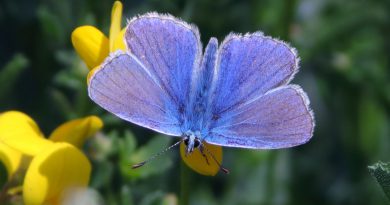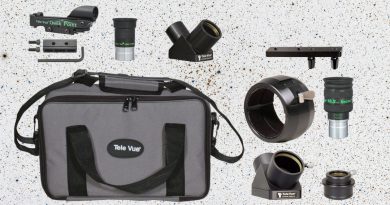Tele Vue is for the Birds
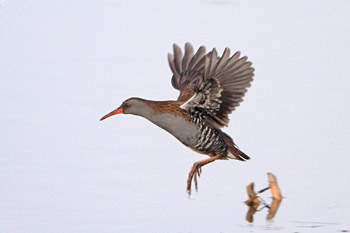
Perusing through all the #televue images on flicker, you’ll find the usual images of planets, the jagged lunar surface, pinwheel galaxies, and diaphanous nebulae suspended against the backdrop of the void. But nestled among these are images of birds. Birds of diverse species in various poses: suspended in mid-air with wings high and legs outstretched for landing, casually hanging below a branch and peering into the camera, or displaying their plumage on the ground. Yes, our telescopes don’t just come out at night — our smaller scopes have “day jobs” as birding scopes.
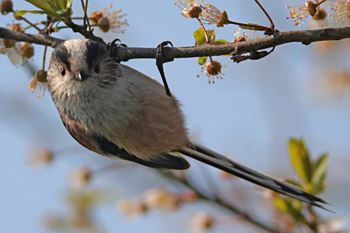
Click through these images on flickr and you’ll soon find a common denominator: many of these images are taken by Mark Kilner through a Tele Vue TV-60 telescope. So, we contacted Mark and asked what attracted him to the TV-60 and why he continues to use it to produce his telephoto images. He tells us in his own words below.
I’ve been a proud TV-60 owner for over ten years, and even though it’s starting to show a little bit of wear and tear I wouldn’t dream of changing it for anything else.

At the time I got it I was looking for a longer portable lens for my camera suitable for photographing birds and other wildlife. I also wanted something I could use for grab-and-go astronomy (during those half-hour breaks in the cloud that are all too common to British skies). Given that I already owned a few Tele Vue eyepieces, the TV-60 was an obvious choice. The camera has changed several times over the years – from a Canon 350D to a Canon 80D – but the lens has stayed the same. It’s a joy to use; I’ve photographed everything with it from kingfishers to kestrels, dragonflies to comets, Spitfires to lunar eclipses, and even a funnel cloud. I could rhapsodize at length about the superb quality of the optics, but I think the images speak for themselves.
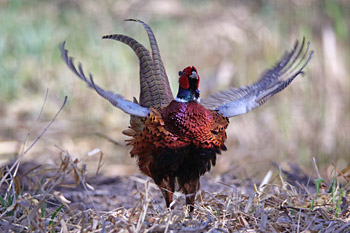
Although the TV-60 spends most of its time attached to my camera, I still use it for daytime spotting and regular astronomy on occasion. When paired with the 24mm Panoptic it’s great for scanning the Milky Way. With the aid of an Ultrablock filter I’ve even managed to see both arcs of the Veil supernova remnant in one field of view — a sight I never thought I’d witness in any scope, let alone a 60mm.
Mark Kilner studied astronomy at university, is a writer of short fiction, does much of his nature imaging in East Kent (UK), has a photography blog (telekilnesis) and wrote a book on nature photography though a small refractor.
- Mark’s Photostream on flickr
- Mark’s photo blog telekilnesis “life through a long lens”
- Mark’s free books: Bird & Wildlife Photography with a Small Wide-Field Refractor and
- Tele Vue’s Birding / Nature gallery on flickr
- BirdScope.com: Homepage for Birding-Oriented Tele Vue Scopes
- TV-60 page (mobile page) on TeleVue.com
- Tele Vue 24mm Panoptic page (mobile page) on TeleVue.com
Did you observe, sketch, or image with Tele Vue gear? We’ll like your social media post on that if you tag it #televue and the gear used. Example:
televue #tv85 #ethos #jupiter
Do you want your Tele Vue images re-posted on Tele Vue Optics’ Social Media accounts? Use this hashtag for consideration:
#RPTVO


